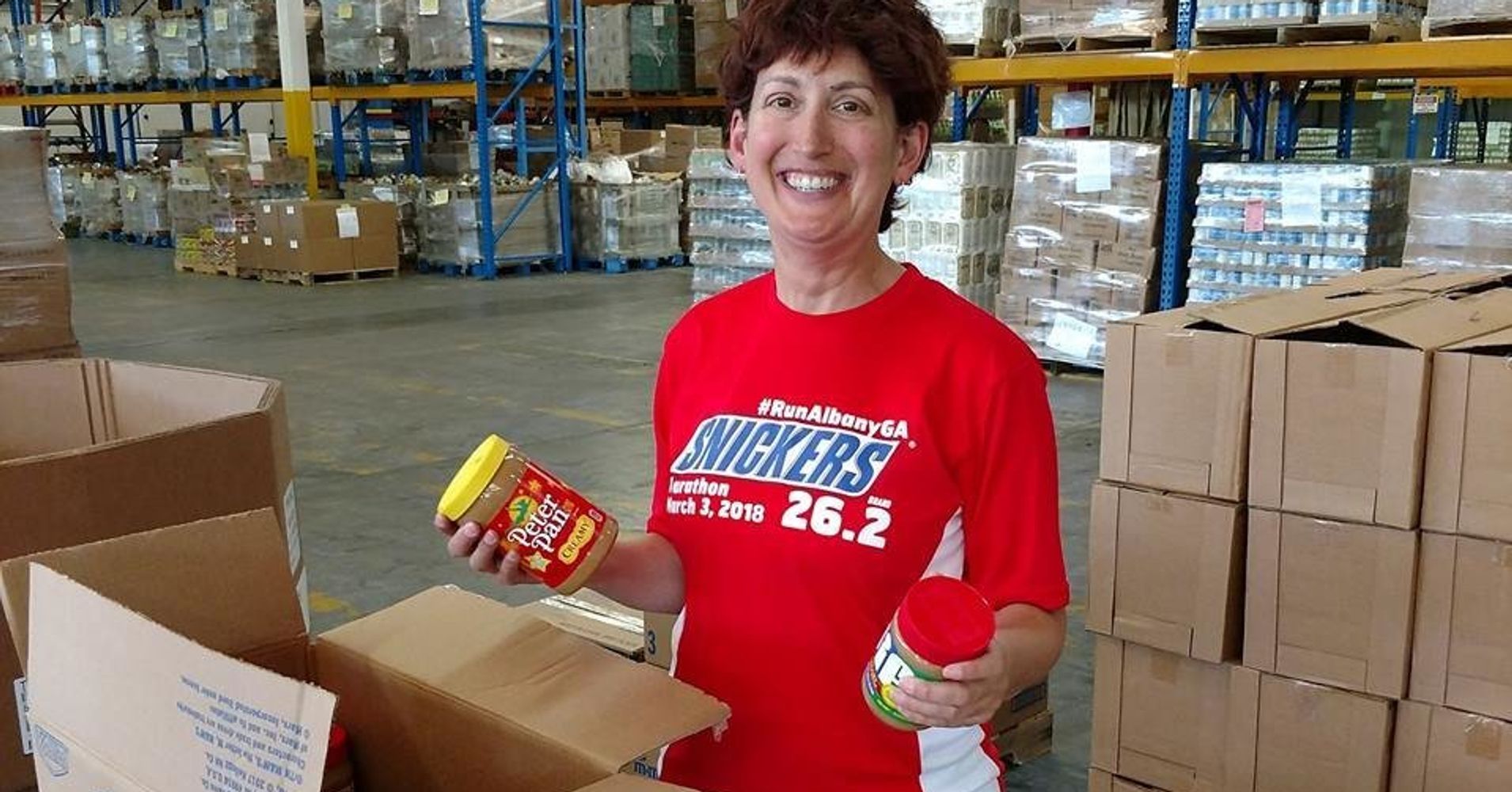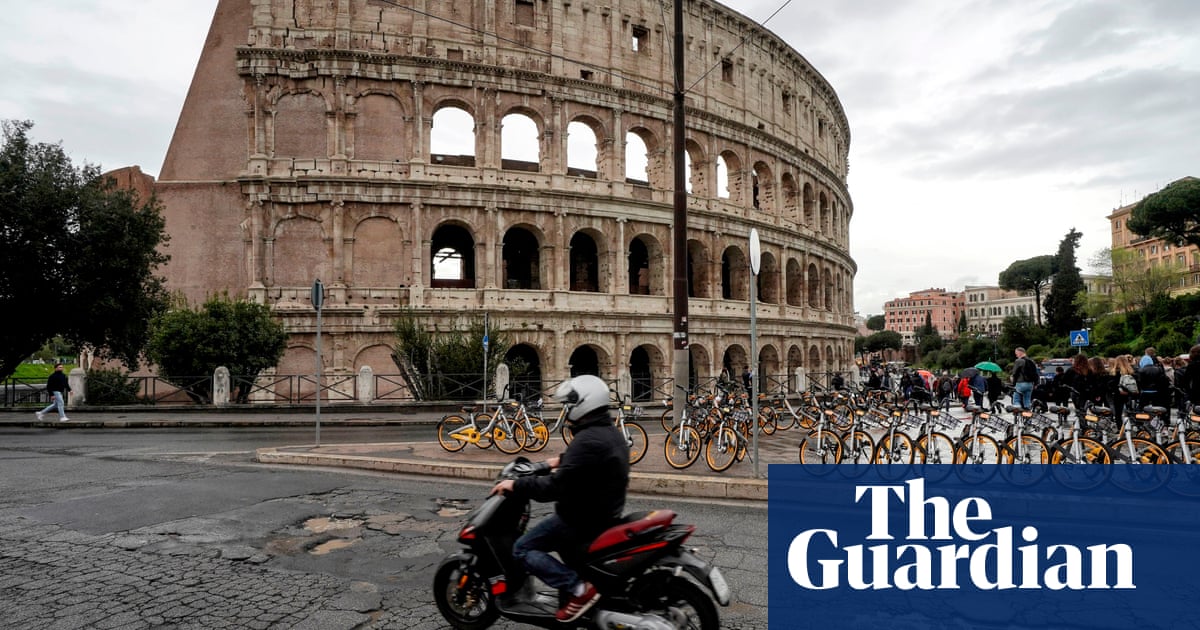Julie Akins, a freelance journalist based in Ashland, Oregon, began a life-changing road trip in August 2016. Off and on over the course of the next two years, she pitched her tent and lived among homeless people from Portland to Denver.
Fascinated by the working homeless, Akins asked what they needed to get off the streets as she chronicled their stories for the book she’s writing, One Paycheck Away.
Then Akins noticed families living in school buses. Curious, she knocked on the door of an old blue school bus and met a family with seven children living inside. They had ripped out the seats and put down floors. There were mattresses on the floor, tubs full of clothes and a stacked bookcase.
“It was in disarray,” says Akins, 58. “There was no toilet, shower or kitchen.”
After meeting other families who found homes in the buses, she came up with the idea to take retired school buses and convert them into nice, livable spaces with kitchens and bathrooms for working homeless families.










